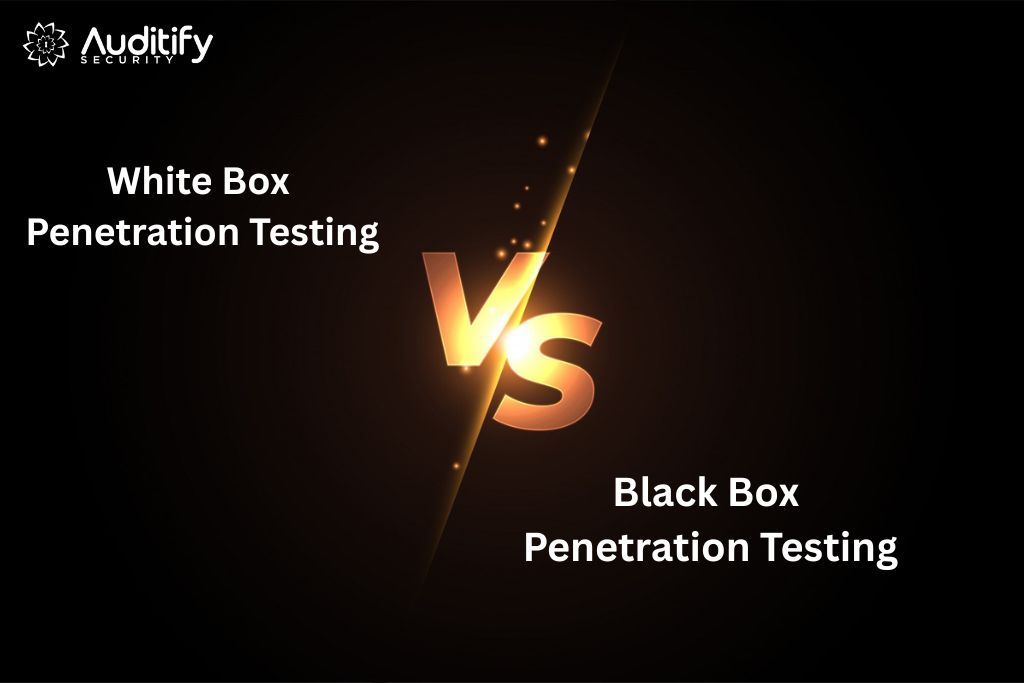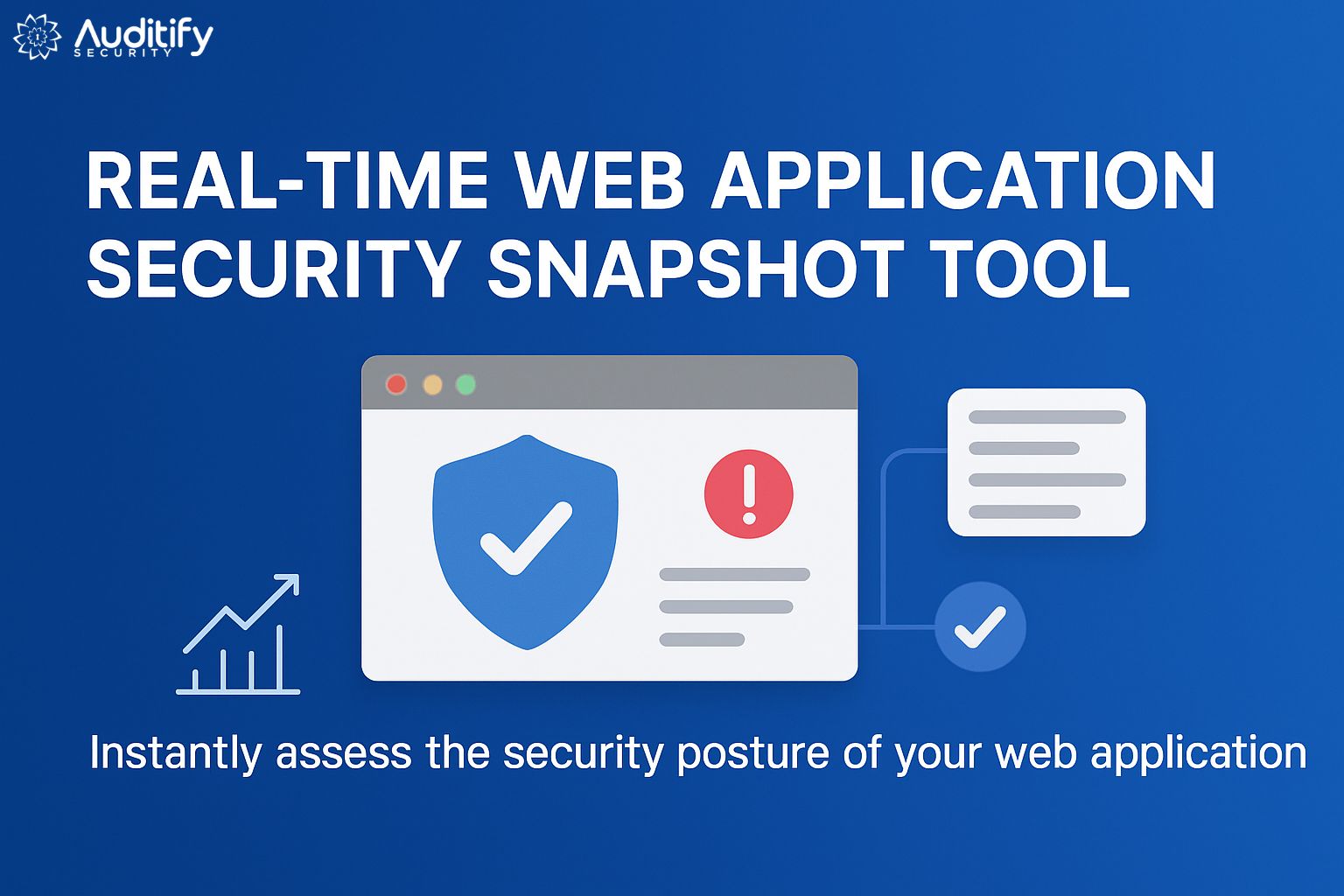How white box and black box penetration testing support regulatory compliance across standards like PCI DSS, ISO 27001, and HIPAA. Learn the differences, benefits, and when to use each with insights from Auditify Security.
In today's high-stakes digital environment, regulatory compliance isn't optional—it's essential. Organizations across sectors must meet stringent data protection standards such as ISO 27001, PCI-DSS, HIPAA, GDPR, and others. A core component of meeting these requirements is conducting thorough security testing, especially penetration testing. But not all penetration tests are the same. The two primary types—white box penetration testing and black box penetration testing—play unique roles in ensuring your business meets compliance standards.
At Auditify Security, we help organizations navigate these complex requirements by delivering tailored penetration testing solutions that align with their regulatory obligations. This article explores how white box and black box penetration testing differ in purpose, scope, and their relevance in achieving regulatory compliance.
What Is Regulatory Compliance?
Regulatory compliance refers to an organization's adherence to laws, regulations, and guidelines relevant to its business operations. In cybersecurity, this often involves demonstrating that the organization can protect sensitive data against unauthorized access, disclosure, and modification.
Key frameworks and regulations that often require penetration testing include:
PCI DSS (Payment Card Industry Data Security Standard)
HIPAA (Health Insurance Portability and Accountability Act)
SOC 2
GDPR (General Data Protection Regulation)
NIST SP 800-53
Each of these requires some form of security testing, and in many cases, penetration testing is either explicitly required or highly recommended.
What Is Penetration Testing?
Penetration testing (pen testing) simulates real-world cyberattacks to identify and exploit vulnerabilities in systems, applications, or networks. This process helps determine whether existing defenses are sufficient and where improvements are needed.
There are multiple types of penetration testing, but the two most widely used are:
White box penetration testing
Black box penetration testing
Let’s explore each and how they relate to compliance.
White Box Penetration Testing: Deep Visibility, High Assurance
In white box penetration testing, testers have full access to internal systems, including source code, configuration files, and architecture documentation. This approach allows for a thorough and methodical assessment of the system's security from an insider’s perspective.
Why White Box Testing Matters for Compliance
White box testing aligns closely with regulatory expectations for internal security validation. Here's how:
PCI DSS mandates regular testing of security systems and processes. White box testing can ensure that controls like firewalls, secure code practices, and access controls are implemented effectively.
ISO 27001 emphasizes continuous risk assessment and mitigation. White box testing supports these requirements by enabling deep vulnerability discovery.
HIPAA encourages security risk analysis for healthcare systems. With white box access, testers can verify that PHI (Protected Health Information) is adequately secured at the code and system level.
Pros:
High test coverage and accuracy
Ideal for development lifecycle integration (DevSecOps)
Uncovers hidden flaws and misconfigurations
Limitations:
More time-intensive
May not simulate real-world attacker behavior
At Auditify Security, our white box penetration testing services help organizations proactively uncover system-level weaknesses that could jeopardize compliance or be exploited in real-world attacks.
Black Box Penetration Testing: Real-World Attack Simulation
In contrast, black box penetration testing is performed with no prior knowledge of the system. Testers approach the system like an external hacker would, attempting to find and exploit vulnerabilities using publicly available information and attack techniques.
Why Black Box Testing Matters for Compliance
While white box tests assess security from the inside out, black box tests are crucial for testing external security posture—a key concern for many regulatory frameworks.
SOC 2 and GDPR place strong emphasis on protecting customer data from external breaches. Black box testing evaluates whether unauthorized users can access sensitive data.
NIST frameworks recommend testing against real-world threats, which is the core purpose of black box testing.
Pros:
Simulates realistic attack vectors
Reveals what an external attacker can discover and exploit
Faster to initiate than white box testing
Limitations:
Limited visibility can miss internal flaws
May not provide a complete picture for compliance validation
Auditify Security’s black box testing is designed to reflect real-world scenarios and uncover exploitable vulnerabilities that could lead to data breaches or non-compliance.
Compliance Strategy: When to Use White Box vs. Black Box Testing
Most regulations don’t prescribe a specific type of penetration testing—they simply require testing to be effective and repeatable. This is why both white box and black box testing are essential components of a comprehensive compliance strategy.
Here’s when to use each:
Combining the Two: A Layered Approach
At Auditify Security, we often recommend a hybrid approach, combining white box and black box penetration testing. This ensures full-spectrum coverage—internally and externally—and provides a more accurate representation of your organization’s security posture.
Such a layered approach not only enhances your real-world security defenses but also makes audit processes smoother by providing thorough documentation of testing scope, methodology, and findings—elements that regulators often request.
Final Thoughts
In the world of regulatory compliance, security isn’t just about passing an audit—it’s about demonstrating due diligence in protecting your systems and data. Both white box penetration testing and black box penetration testing are valuable tools in this effort.
Whether you’re preparing for a regulatory audit, enhancing your DevSecOps pipeline, or trying to meet client security expectations, Auditify Security is here to help you meet and exceed compliance standards through rigorous, standards-aligned penetration testing services.





